Moonie
Shiny_Rock
- Joined
- Mar 10, 2020
- Messages
- 301
I've seen a lot of discussions on the site about checkerboard patterns, flowery facets, and bubbly OECs. I personally think my favorite OEC pattern is a bubbly flower facet in the middle like this one:
I also love this one and I see the flowery facets in the middle but it doesn't look quite as "bubbly"
What do you look for to have the more "bubbly" look and could someone explain what "checkboard" patterns mean compared to flowery facets? Can you have both?
I also love this one and I see the flowery facets in the middle but it doesn't look quite as "bubbly"
What do you look for to have the more "bubbly" look and could someone explain what "checkboard" patterns mean compared to flowery facets? Can you have both?





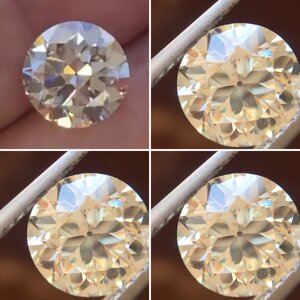


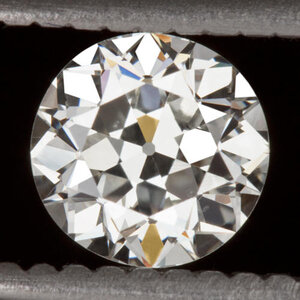
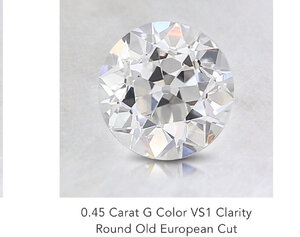
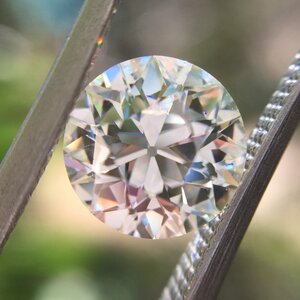
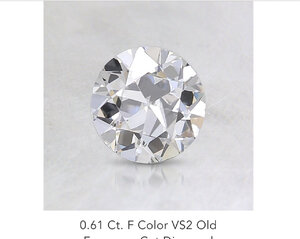


300x240.png)